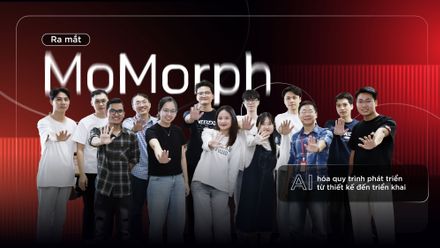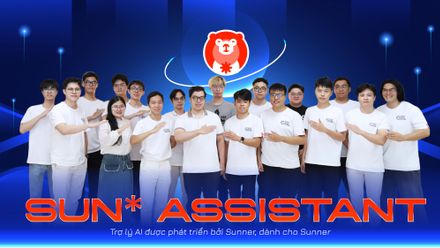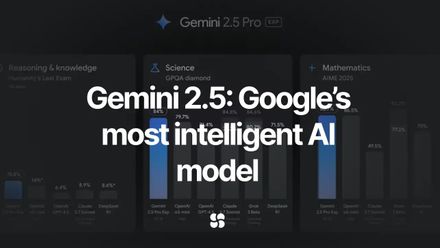Chatbot - the future of customer service and how to build an effective one
Chatbot is a popular tech used recently in the service industry. Statistics conducted by Hubspot at the beginning of 2018 shows that up to 47% of products on sale all around the worlds is conducted by chatbot. For that reason, the fact that clients coming to Sun* for chatbot is not that far-flung anymore.
With an advantage of being ready 24/7 to consult and communicate with users, Chatbot is an optimal choice for the service industry, especially customer service. It is speculated that Chatbot will be the future of this industry, as it helps save up resources to spend on other activities.
Famous Chatbots include Google Assistant, Siri, Cortana... Chatbot is becoming increasingly more flexible and perfected, as it can now handle complex situations and give accurate answers in situations.
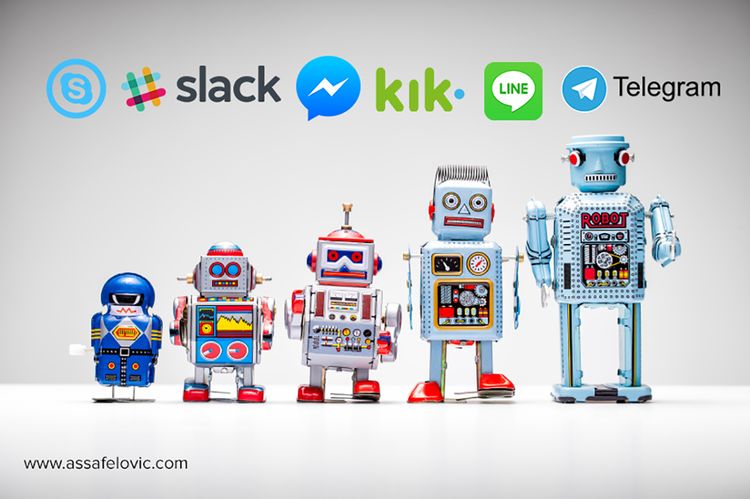
In Sun*, R&D Unit also has potential projects underway on Chatbot that will soon be released, meeting many practical demands in work. The writer also said that developers need to have a comprehensive look on the development trend for Chatbot.
The goal of Chatbot is to maintain conversations with users to mimic the "non-structured" style of interpersonal conversations. The effectiveness and smartness of Chatbot are assessed based on the Turing test. For optimization, Chatbot will only focus on some certain fields of conversation (domain) and conduct Turing test on these domains.
Chatbot development now follows 2 trends:
- Based on users' rule and habits in language use (Rule-based chatbots)
- Based on given conversation database (Corpus-based chatbots)
Rule-based chatbots
Rule-based chatbots can simply be understood as responding to users based completely on human's language use habits without processing previously given information. In daily speech, people use different words and expressions to converse, but their habit tends to be repeated.
These habits are used to build Chatbot with different complexity based on programmers' intention. For example, programmers can set questions with keywords like 'weather', 'rainy or sunny', 'temperature', chatbot will make a guess that the user wish to ask about the weather.
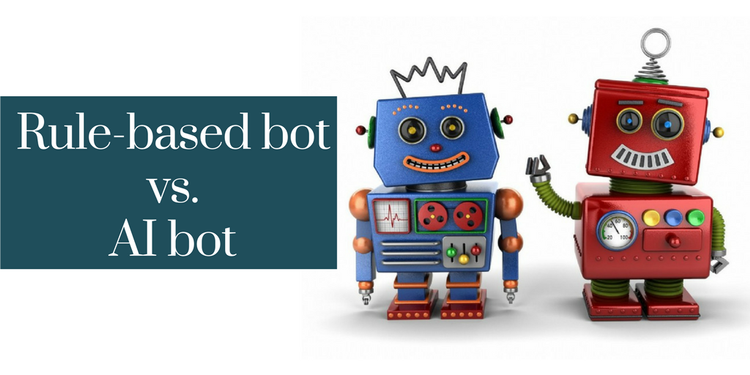
The most famous Chatbot of this kind is Eliza. Created in 1966, Eliza simulates a psychologist, listening and asking deep questions about the client's stories, helping them speak out what they cannot share to anyone else.
To identify which pattern does the sentence fall in, Eliza based on the keywords in the sentences. This also means that the system must define keywords, and rearrannge it in a suitable priority. If there are many keywords of different patterns, each will have 3-5 answers so that the system can randomly choose.
If no keyword is identified, Eliza's response will be: “Pls go on”, “That's very interesting' or 'I see'. It's a hint that users should continue with a new conversation.
Corpus-based chatbots
Instead of using rules based on habits like rule-based chatbots, corpus-based chatbot use real-life conversations to find appropriate responses based on the circumstances. These data can be collected directly on some conversational platforms or from movie.
Corpus-based has 2 main activities: Information Retrieval and Deep learning under sequence to sequence (like Auto Translation)
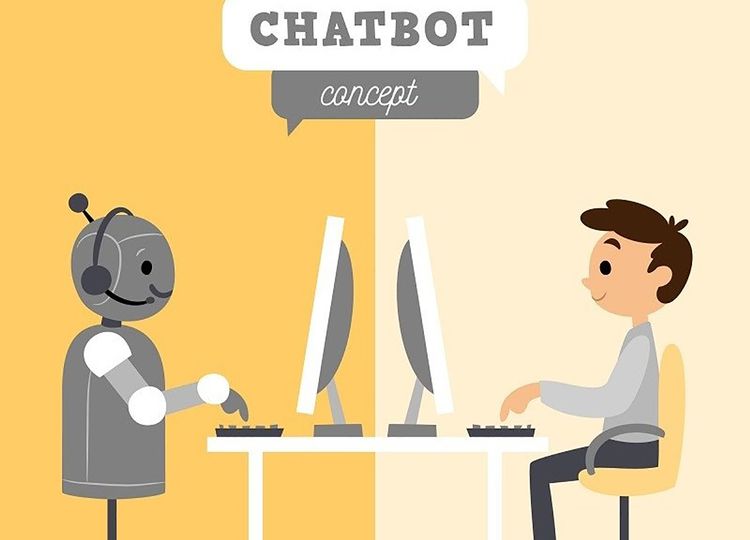
One iconic Information Retrieval based chatbot (IR-based) is Simsimi. The app's mechanism is to find in the conversation database a sentence with the most similarity to user's current sentences. From then, there are 2 response: Use that same sentence; Use the response to that sentence.
Sequence to sequence is a dynamically tackled upon issue with the Deep Learning revolution. With one sentence input, based on database, we can generate responses based on Deep Learning. This issue is quite similar to Auto Translation, with the only difference is that the source and target language is the same. Some keywords for further research into this method: Recurrent Neural Network, LSTM, GRU, TCN and Transformer.
Also, another widely-used chatbot is Frame Based Agents (in another word, Agent Chatbot). This chatbot simulates the tasks of an agent, collecting and clients' requests.
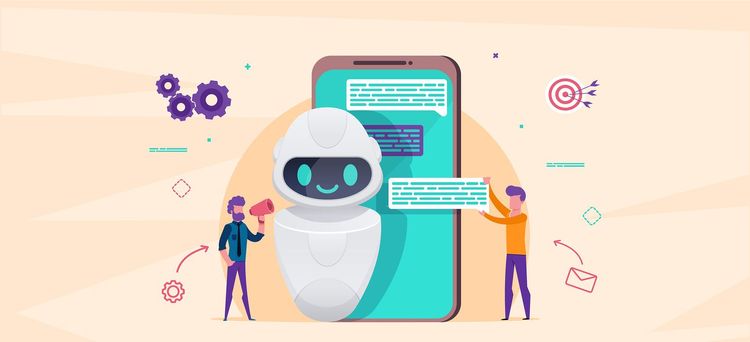
For example, chatbot that supports hotel room booking will collect all the required information from the customers. Some basic information can be: Check-in date/Check-in time/Check-out date/Name.
The process is quite clear and thorough. If there lacks any information, Chatbot will ask for more. However, the point is how to extract information correctly. For example, when asking date information, many might include time in their response like: "From 4:00 to 5:00 on 15-9-2019". So how to extract the exact date and time, since each person will have their own way of response? It needs to be further studied, so that we can handle all situations.
These are some of the current Chatbot development trends in the world. R&D Unit is currently touching up on a Chatbot project that can assist in reserve/inquire/extract information about meeting rooms in the company.
Moreover, retail Chatbot is under development. Both projects use Agent Chatbot (Chatbot BookingRoom & Chatbot Fashion Retail) that can have a natural conversation with users until it collects all the necessary information (for example, room booking requires name, date/time of booking, reason for use), it will proceed with the booking for users.

 VI
VI EN
EN